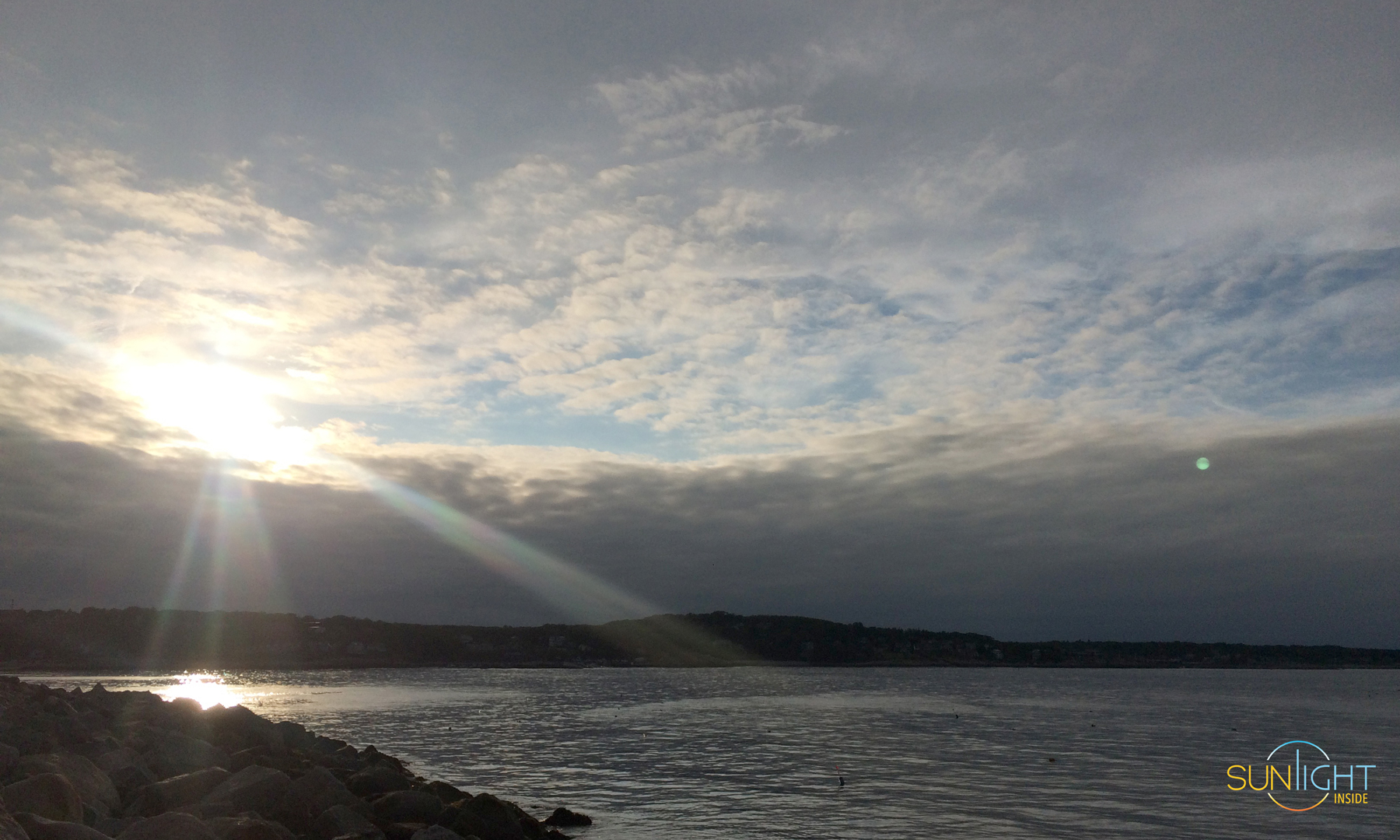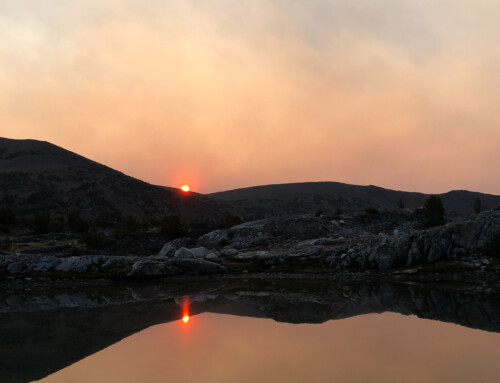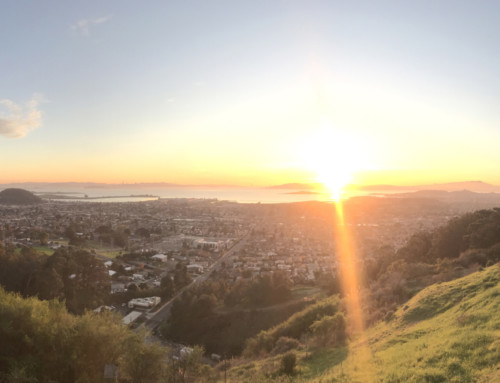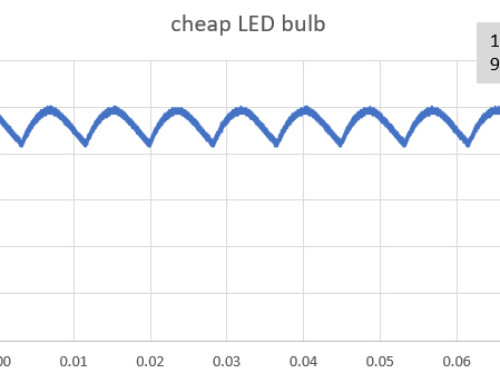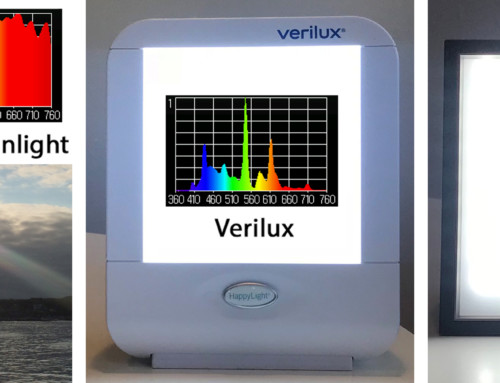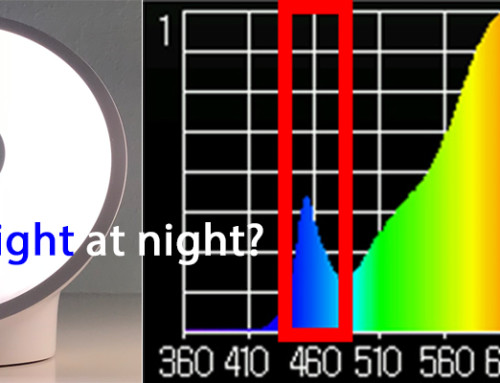Our bodies rely on the daily cycle of natural light from bright and blue during the day to soft and warm in the evenings (and then darkness) to synchronize our circadian rhythms, and thereby regulate our health and wellness. Insufficient light during the day leaves us feeling flat. Too much blue light at night keeps us from sleeping and slows our metabolism. To put it simply, exposure to natural light is an integral part of a health-conscious lifestyle.
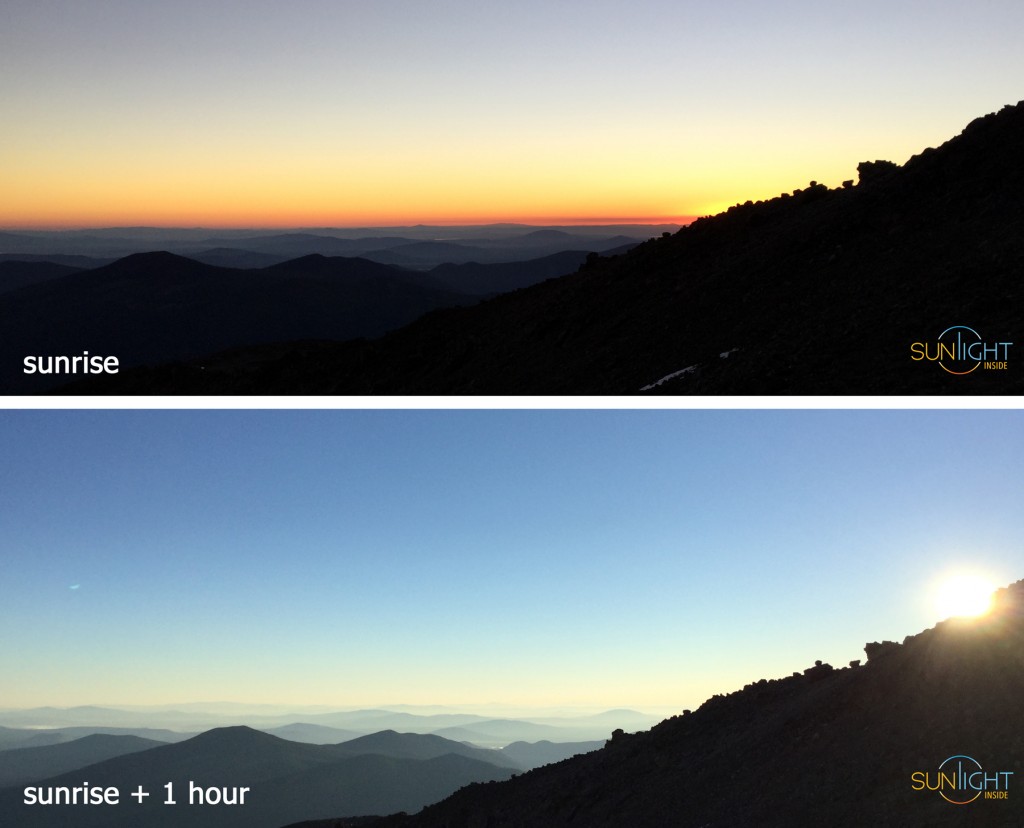
The good news is that healthy lighting habits are easy to come by. If possible, get outside during the day, exposure to daylight in the mornings is the most beneficial. The research suggests you don’t need much natural morning light to get the benefits! Studies of bright light therapy, show that 15-30 minutes of exposure to daylight is enough to lift mood, improve concentration and aid our sleep. Research also shows that this type of regular exposure to daylight reduces signs of dementia, lifts mood and improves overall health in older adults. Note that just being outside is enough, your eyes sense the bright light of day without looking at the sun (which is NOT safe) and you get these benefits while wearing sunglasses (and sunscreen) too. In the evenings, our eyes sense the absence of blue light (no more daylight in the sky) to trigger the release of melatonin and our recovery cycle. Studies show that exposure to as little as 30 minutes of bright blue light at night interferes with our evening hormone, sleep and recovery/healing cycle. This means we have to be careful with our night-time light exposure, exposure to bright artificial light will keep us awake, as will smartphones and tablets. The negative impacts of screens can be reduced, but not eliminated, by using f.lux (for PC & Andriod) and Nightshift (for Apple devices) – physicians generally recommend no near-eye screens ~2 hours before bed. Television is generally viewed at greater distances, and operates at lower intensity/brightness, so the light dose/disruption is much less significant. Artificial light sources (lamps, bulbs, overhead lights etc) can be safely used at night so long as their light is warm (more red light, less blue), not too intense (dim) and not too close to the eye. Think about it this way = at night you don’t want to trick your body into thinking there is a bright blue sky overhead!
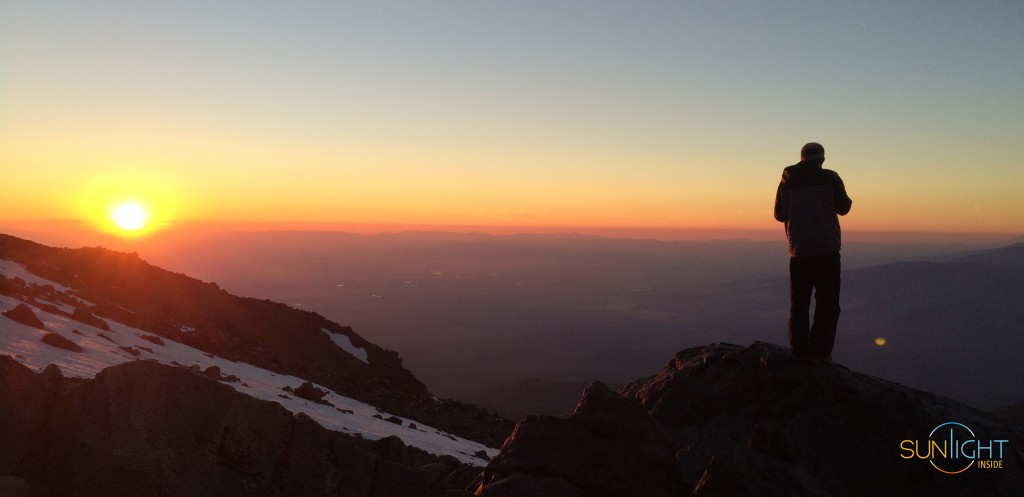
Not all light exposure is created equal. In simple terms, think of light as a dose = the brighter the light, the closer to the eye, and the longer the duration, the higher the dose. The biological impact of light depends upon the intensity hitting the eye/retina and spectral distribution (in oversimplified terms: how much blue versus red light). Our bodies need BOTH: bright blue light during the day, AND the absence of bright blue light at night to properly regulate our daily cycles. Our lighting needs also depend upon age (as our corneas yellow) and our chronotype (early-bird vs. night owl). Furthermore studies show that our bodies are most sensitive to light exposure around transition times (morning and evening), and at night (our recovery cycle depends upon darkness). Unfortunately most of us are stuck in a kind of lighting purgatory: poorly lit indoor environments do not provide enough light to signal our body to be awake and alert (regulations only focus on safety and visual acuity – our ability to see). This is why getting outside for 15-30+ minutes each morning makes us feel our best. At night most indoor environments (particularly office and workplace) provide too much light for our natural recovery and sleep cycle to take place. At home we need to take care to use softer and warmer lights (dim incandescent, halogen, or human-centric LED lighting) and mitigate the impacts of screen use with f.lux and/or Nightshift. Studies show that practicing good lighting habits provides immediate near-term benefits (mood, concentration, sleep, general health …) as well as long-term benefits (cancer, diabetes, cardiovascular disease …). We evolved with natural light, and now live in a world filled with artificial light. The good news is that with a few simple choices we can recapture the benefits of natural light, and mitigate the risks.
TIP: get outside for 15-30+ minutes each morning, use f.lux or Nightshift on your devices, and avoid exposure to bright blue artificial light for 2+ hours before bed!
additional reading / resources:
– Huff post article on the benefits of ‘Paleo lighting’
– Mayo clinic discussion of bright light therapy
– benefits of bright light therapy for sleep
– overview of light therapy – published by Groom and Style
– discussion of lighting for health for older adults

